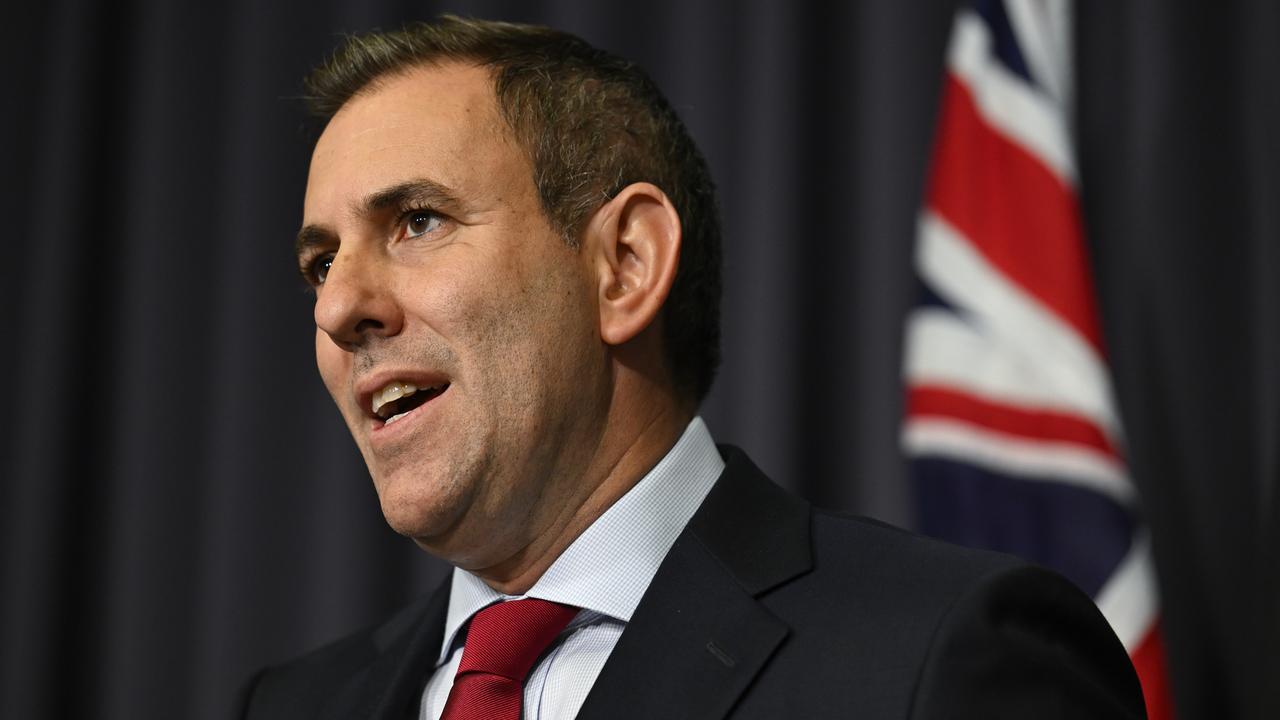
Banks are finding themselves at the front line of battle: alerting customers, blocking transfers or trying to reach deeper into the payments system to try to claw back funds before it’s too late.
In the past two years, online frauds and scams are thought to have fleeced around $800m from unsuspecting Australians.
The rise of digital banking has made it all the more easier for fraudsters, with customers now instantaneously moving funds between accounts. Artificial intelligence tools have made the attacks by fraudsters even more persuasive.
This all pales in comparison to an extraordinary $320m amount that was almost stolen recently from an unsuspecting big business, and revealed Monday.
Had this scam been successful, it would have easily ranked as Australia’s single biggest heist.
The big business wasn’t named, nor the details disclosed, but it is a customer of Westpac and preventing the fraud involved massive co-ordination across the entire banking system. The size of the single payment infers the business could easily rank as a top 100 company.
Westpac boss Anthony Miller said the customer was a well-resourced, highly sophisticated large business. He declined to go into specifics, but said it centred on the potential transfer by the business customer who was deceived into paying a hacked invoice with altered account details.

“The sophistication and the persuasive power of the fraudsters, was unbelievably impressive,” Miller tells The Australian.
“What’s really interesting is just the ongoing scaling-up and investment undertaken by these bad actors both offshore and onshore in this area of fraud and scams,“ he said. “It’s requiring a huge amount of investment and a lot of resources across all banks.”
Miller said the co-ordination between banks and the regulators “all came together really nicely” to protect the customer.
The worry is if a sophisticated business was almost and easily deceived, this raises the stakes between fraudsters and unsuspecting customers.
The major banks collectively spend billions of dollars trying to stamp out fraud and cyberattacks, particularly against their own systems. They are using artificial intelligence to try and stay ahead of fraudsters and block suspect payments before they happen.
There’s a big commercial incentive for the banks to do this.
Between the customer and fraudster, banks will often quietly cover the losses if the funds were transferred from their system.
Miller says Westpac’s own investment in technology has helped deliver multiple layers of defence. Over the past six months, losses for Westpac customers from scams were down 19 per cent, resulting in $115m in potential losses being averted.






The business of online scams and frauds is booming, the losses are mounting and attacks are becoming even more sophisticated.